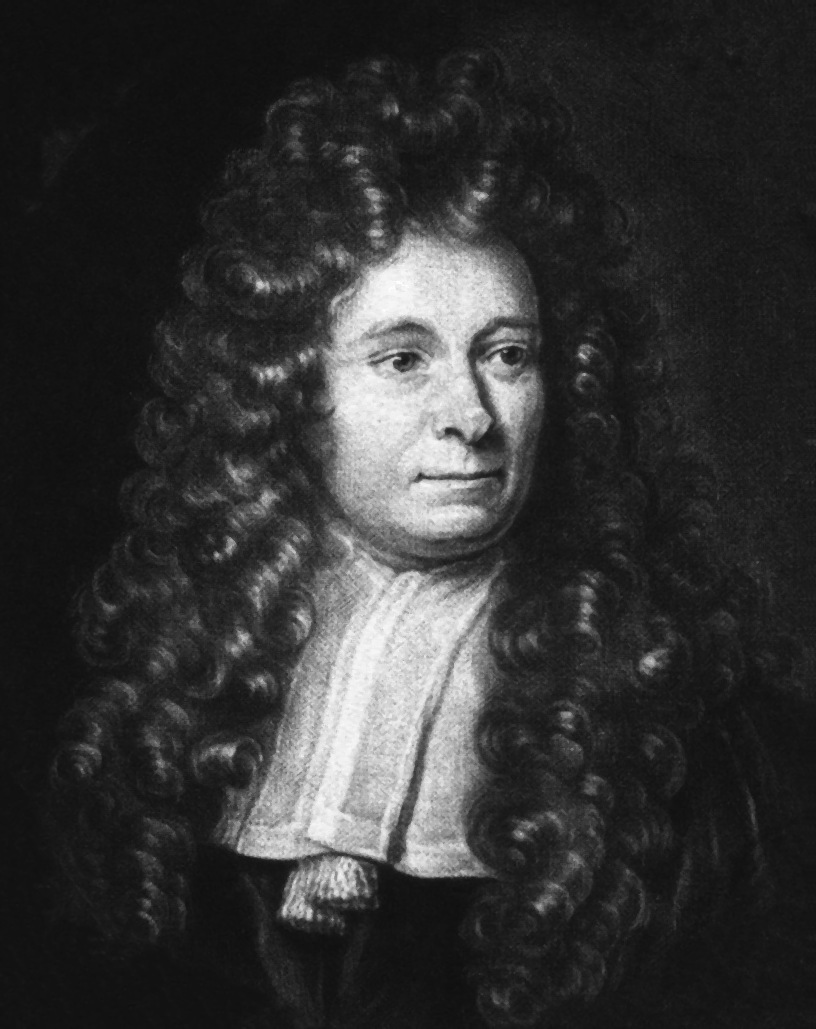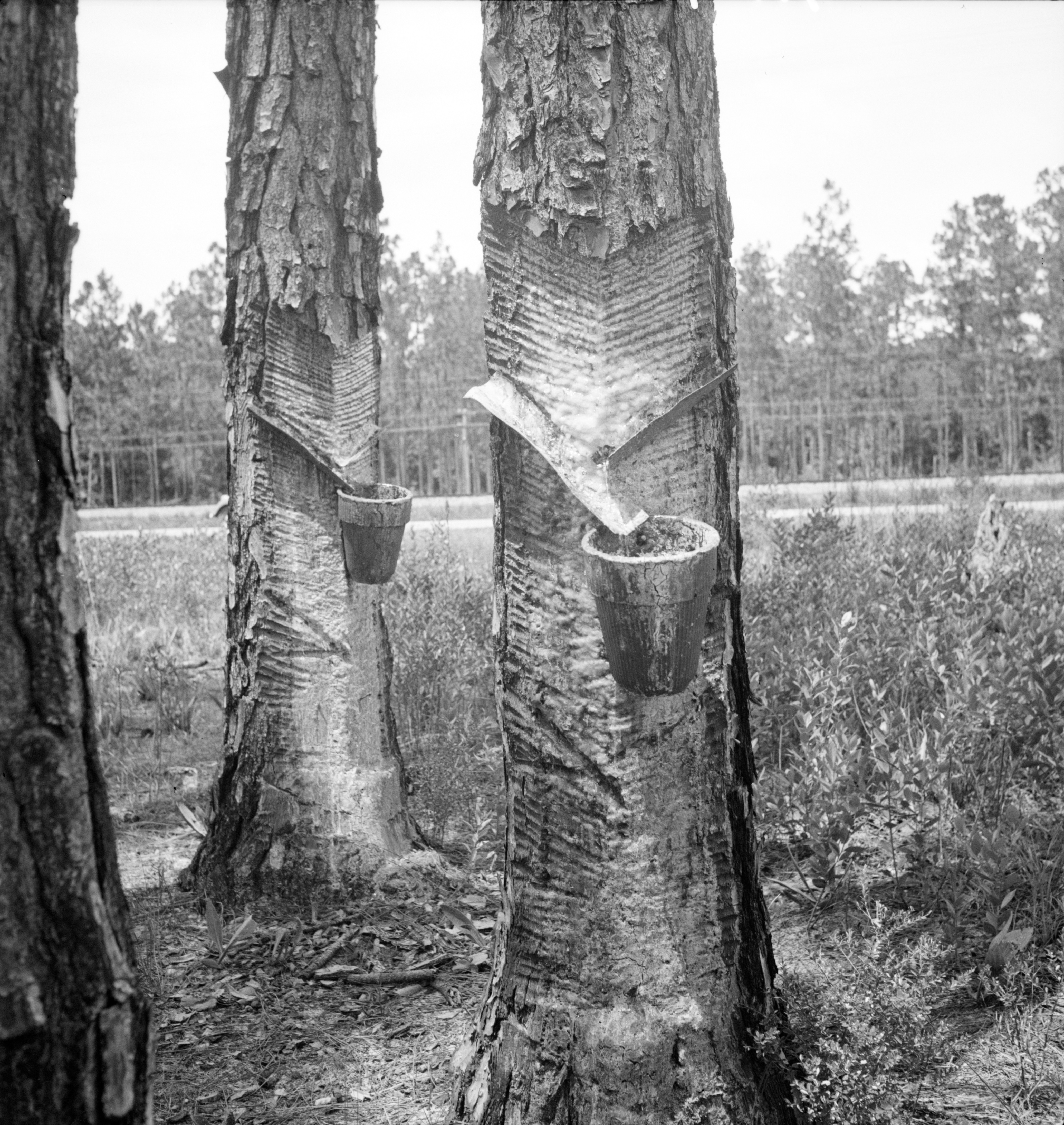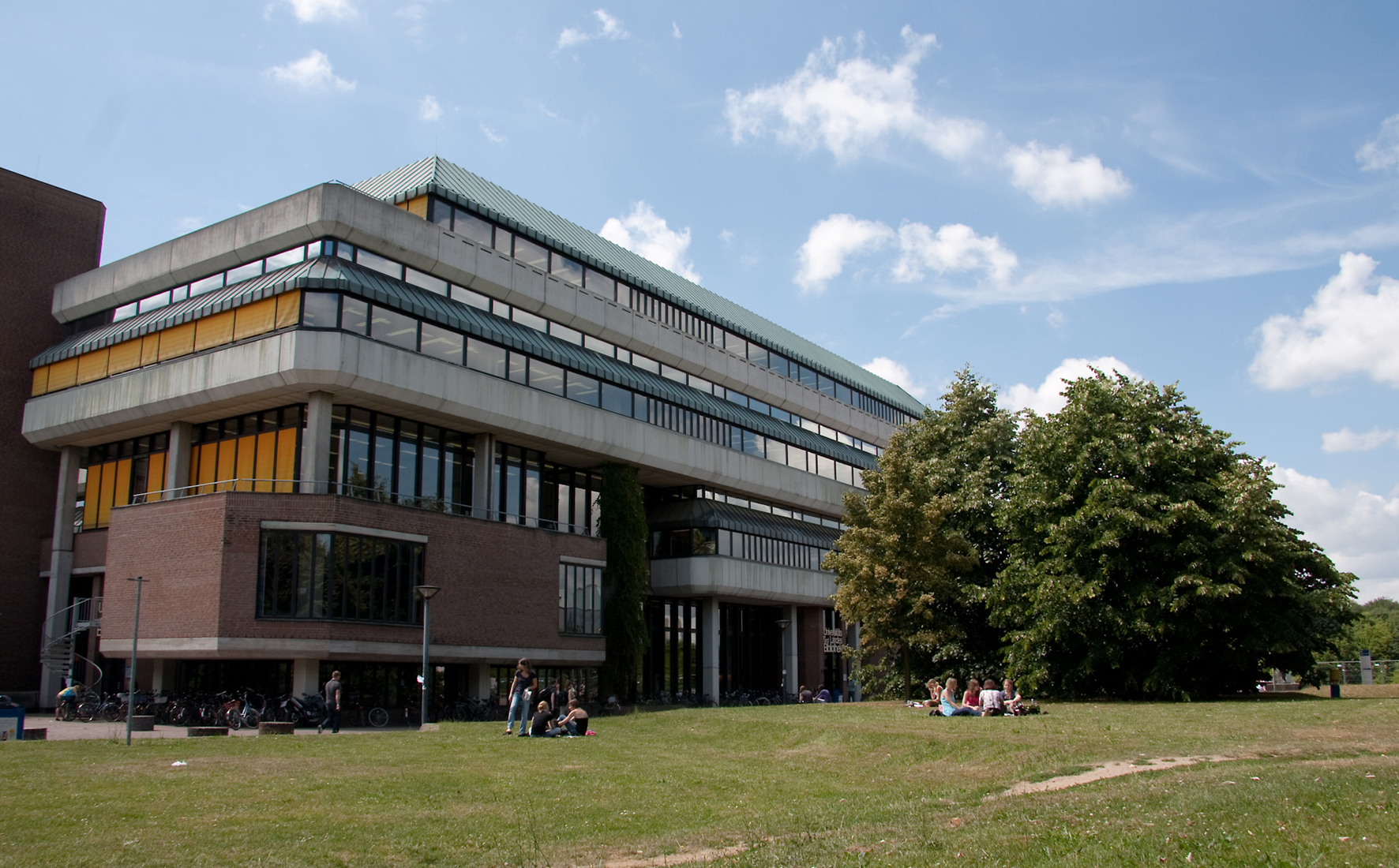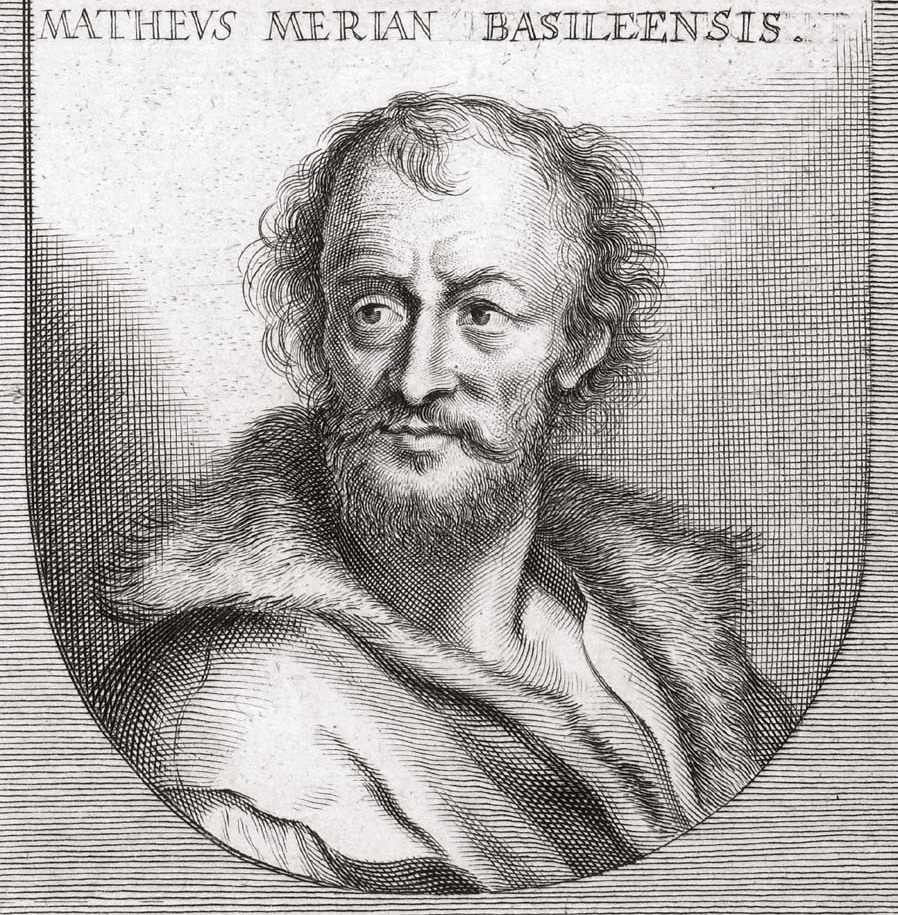|
Steven Blankaart
Steven Blankaart Latinized as Stephanus Blancardus (24 October 1650, Middelburg, Zeeland, Middelburg – 23 February 1704, Amsterdam) was a Dutch physician, iatrochemist, and Entomology, entomologist, who worked on the same field as Jan Swammerdam. Blankaart proved the existence of a capillary system, as had been suggested by Leonardo da Vinci, by spouting up blood vessels, though he failed to realize the true significance of his findings. He is known for his development of injection techniques for this study and for writing the first Dutch book on child medicine. Blankaart translated works of John Mayow. Life Blankaart was the son of Nicolaas Blankaart, a professor in Greek and History in Steinfurt (1645–1650) and Middelburg, Zeeland, Middelburg (1650–1666), who moved to Heerenveen to become the physician of Countess Albertine Agnes of Nassau; he was appointed in Franeker in 1669. His son started as an apprentice of an apothecary. In 1674 he moved to Amsterdam after bec ... [...More Info...] [...Related Items...] OR: [Wikipedia] [Google] [Baidu] |
Turpentine
Turpentine (which is also called spirit of turpentine, oil of turpentine, terebenthine, terebenthene, terebinthine and, colloquially, turps) is a fluid obtainable by the distillation of resin harvested from living trees, mainly pines. Principally used as a specialized solvent, it is also a source of material for Organic synthesis, organic syntheses. Turpentine is composed of terpenes, primarily the monoterpenes alpha-Pinene, alpha- and beta-Pinene, beta-pinene, with lesser amounts of carene, camphene, limonene, and terpinolene.Kent, James A. ''Riegel's Handbook of Industrial Chemistry'' (Eighth Edition) Van Nostrand Reinhold Company (1983) p.569 Nowadays, turpentine is rarely the product of distillation of pine resin, but is a byproduct of pulping. Pulping is achieved by two processes, the Kraft process and the sulfite process. The turpentines obtained from these two processes differ in their chemical compositions. The sulfite process gives a product that is rich in cymene, w ... [...More Info...] [...Related Items...] OR: [Wikipedia] [Google] [Baidu] |
1650 Births
Events January–March * January 7 – Louis I, Prince of Anhalt-Köthen, dies after a reign of more than 63 years. The area is now part of the northeastern German state of Saxony-Anhalt. * January 18 – Cardinal Mazarin, Cardinal Jules Mazarin, the Chief Minister of France and head of its government since 1642, learns of a plot against him and has the Louis II de Bourbon, Prince de Condé, Prince de Condé, the Armand de Bourbon, prince de Conti, Prince de Conti and the Henri II d'Orléans, Duke of Longueville, Duc de Longueville arrested, prompting The Fronde, a rebellion by parliament against the Crown. * January 28 – The Sultan bin Saif of Oman expels the Portuguese colonial government from Muscat, forcing the surrender of the port of Muttrah and of Fort Capitan, and captures two warships, ending 35 years of Portuguese occupation. * February 1 – The French verse play ''Andromède'', commissioned by Cardinal Mazarin, written by Pierre Corneille ... [...More Info...] [...Related Items...] OR: [Wikipedia] [Google] [Baidu] |
University And State Library Düsseldorf
The University and State Library Düsseldorf (, abbreviated ULB Düsseldorf) is a central service institution of Heinrich Heine University. Along with Bonn and Münster, it is also one of the three State Libraries of North Rhine-Westphalia. Tradition and Modernity From 1965 to 1969, the University and Library Düsseldorf gradually developed out of the Medical Academy in Düsseldorf. There is no real founding year of the ULB, but the foundation stone for an integrated library system was laid when the former State and City Library of Düsseldorf was taken over by the university in 1970 and merged with the Central Library of the former Medical Academy. Structure and Holdings The ULB consists of one central library and four decentralized locations. Management and media processing are organized centrally. Catalogues, databases, e-books and e-journals are accessible throughout the whole university as well as at home via the library network. Collections Thomas Mann Collection ... [...More Info...] [...Related Items...] OR: [Wikipedia] [Google] [Baidu] |
Westerkerk
The Westerkerk (; ) is a Calvinism, Reformed church within Protestant Church in the Netherlands, Dutch Protestant Calvinism in central Amsterdam, Netherlands. It lies in the most western part of the Grachtengordel (Amsterdam), Grachtengordel neighborhood (Amsterdam-Centrum, Centrum borough), next to the Jordaan, between the Prinsengracht and Keizersgracht. History The Westerkerk was built between 1620 and 1631 in Renaissance style according to designs by architect Hendrick de Keyser. The building of the Westerkerk was finished and completed by his son Pieter de Keyser and inaugurated on June 8, 1631. The church has a length of and a width of . The high nave is flanked by the two lower aisles. The three-aisled basilica has a rectangular plan with two transepts of equal dimensions. As a result, the plan for this church was given the form of two Greek crosses connected with each other (a patriarchal cross). Several older churches in Amsterdam, such as the Oude Kerk (Amsterdam), ... [...More Info...] [...Related Items...] OR: [Wikipedia] [Google] [Baidu] |
Leidsestraat
Leidseplein (English: Leiden Square) is a square in central Amsterdam, Netherlands. It lies in the Weteringschans neighborhood ( Centrum borough), immediately northeast of the Singelgracht. It is located on the crossroads of the Weteringschans, Marnixstraat and Leidsestraat. Leiden Square Leidseplein is one of the busiest centres for nightlife in the city. Historically, the square was the end of the road from Leiden; it served as a parking lot for horse-drawn traffic. Today, modern traffic travels through the square and side streets are packed with restaurants and nightclubs. The Stadsschouwburg, a national-renowned theatre, is the most notable architectural landmark on the square; the American Hotel is close by. 2022 hostage crisis On February 22, 2022, a 27 year old man took at least one person hostage inside of an Apple Store in Leidse Square. After a forced breach of the store by Dutch Police, all hostages were safely rescued. However, as a result of the breach, the ... [...More Info...] [...Related Items...] OR: [Wikipedia] [Google] [Baidu] |
Syphilis
Syphilis () is a sexually transmitted infection caused by the bacterium ''Treponema pallidum'' subspecies ''pallidum''. The signs and symptoms depend on the stage it presents: primary, secondary, latent syphilis, latent or tertiary. The primary stage classically presents with a single chancre (a firm, painless, non-itchy Ulcer_(dermatology), skin ulceration usually between 1 cm and 2 cm in diameter), though there may be multiple sores. In secondary syphilis, a diffuse rash occurs, which frequently involves the palms of the hands and soles of the feet. There may also be sores in the mouth or vagina. Latent syphilis has no symptoms and can last years. In tertiary syphilis, there are Gumma (pathology), gummas (soft, non-cancerous growths), neurological problems, or heart symptoms. Syphilis has been known as "The Great Imitator, the great imitator", because it may cause symptoms similar to many other diseases. Syphilis is most commonly spread through human sexual activi ... [...More Info...] [...Related Items...] OR: [Wikipedia] [Google] [Baidu] |
Franciscus Sylvius
Franciscus Sylvius (, ; born Franz de le Boë; 15 March 1614 – 19 November 1672) was a Dutch physician and scientist (chemist, physiologist and anatomist) who was an early champion of Descartes', Van Helmont's and William Harvey's work and theories. He was one of the earliest defenders of the theory of circulation of the blood in the Netherlands, and commonly falsely cited as the inventor of gin – others pinpoint the origin of gin to Italy. Life Sylvius, a Latinization of "de le Boë" translated as "of the woods", was born in Hanau to an affluent family originally from Cambrai, but worked and died in the Netherlands. He studied medicine at the Protestant Academy of Sedan, and from 1632 to 1634 at Leiden University under Adolph Vorstius and Otto Heurnius. In 1634 he held a dissertation titled ''Positiones variae medicae'' (''Various Medical Positions'') under the direction of Vorstius, in which he defended the proposition that there should be a pulmonary circulati ... [...More Info...] [...Related Items...] OR: [Wikipedia] [Google] [Baidu] |
Incontinence
Incontinence or Incontinent may refer to: * Urinary incontinence, the most commonly occurring type of incontinence, the involuntary excretion of urine *Fecal incontinence Fecal incontinence (FI), or in some forms, encopresis, is a lack of control over defecation, leading to involuntary loss of bowel contents—including flatus (gas), liquid stool elements and mucus, or solid feces. FI is a sign or a symptom ..., the involuntary excretion of bowel contents * Lack of moderation or self-control, especially related to sexual desire - see Incontinence (philosophy) * ''Incontinent'' (album), a 1981 album by Fad Gadget See also * * {{disambig ... [...More Info...] [...Related Items...] OR: [Wikipedia] [Google] [Baidu] |
Warmoesstraat
Warmoesstraat ('Chard Street') is one of the oldest streets in Amsterdam, running parallel to Damrak from Nieuwebrugsteeg to Dam Square. Its origins are in the 13th century. In the 16th and 17th century it was the shopping street. During the Dutch Golden Age, the father of legendary poet and playwright Joost van den Vondel ran a business as a silk merchant there. Today, the busy Warmoesstraat has a variety of shops, bars, restaurants, cheap hotels, coffee shops and sex boutiques. The artist-run W139 art space is also located on this street. It is located adjacent to the red-light district A red-light district or pleasure district is a part of an urban area where a concentration of prostitution and sex industry, sex-oriented businesses, such as sex shops, strip clubs, and adult theaters, are found. In most cases, red-light district .... The Warmoesstraat-area is also known as the leather area as there are many cruise and fetish bars and bars with darkrooms. On Warmoesstraa ... [...More Info...] [...Related Items...] OR: [Wikipedia] [Google] [Baidu] |
Maria Sibylla Merian
Maria Sibylla Merian (2 April 164713 January 1717) was a German Entomology, entomologist, naturalist and scientific illustrator. She was one of the earliest European naturalists to document observations about insects directly. Merian was a descendant of the Frankfurt branch of the Swiss Merian family. Merian received her artistic training from her stepfather, Jacob Marrel, a student of the still life painter Georg Flegel. Merian published her first book of natural illustrations in 1675. She had started to collect insects as an adolescent. At age 13, she raised Bombyx mori, silkworms. In 1679, Merian published the first volume of a two-volume series on caterpillars; the second volume followed in 1683. Each volume contained 50 plates that she engraved and etched. Merian documented evidence on the process of metamorphosis and the plant hosts of 186 European insect species. Along with the illustrations Merian included descriptions of their life cycles. In 1699, Merian travelled to S ... [...More Info...] [...Related Items...] OR: [Wikipedia] [Google] [Baidu] |
Prohibition
Prohibition is the act or practice of forbidding something by law; more particularly the term refers to the banning of the manufacture, storage (whether in barrels or in bottles), transportation, sale, possession, and consumption of alcoholic beverages. The word is also used to refer to a period of time during which such bans are enforced. History Some kind of limitation on the trade in alcohol can be seen in the Code of Hammurabi () specifically banning the selling of beer for money. It could only be bartered for barley: "If a beer seller do not receive barley as the price for beer, but if she receive money or make the beer a measure smaller than the barley measure received, they shall throw her into the water." A Greek city-state of Eleutherna passed a law against drunkenness in the 6th century BCE, although exceptions were made for religious rituals. In the early twentieth century, much of the impetus for the prohibition movement in the Nordic countries and North America ... [...More Info...] [...Related Items...] OR: [Wikipedia] [Google] [Baidu] |








